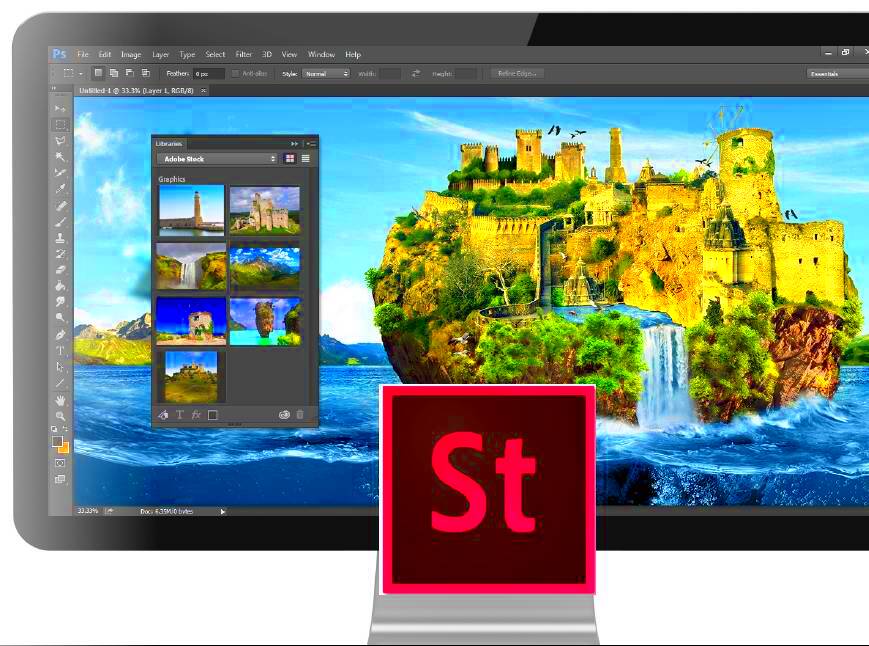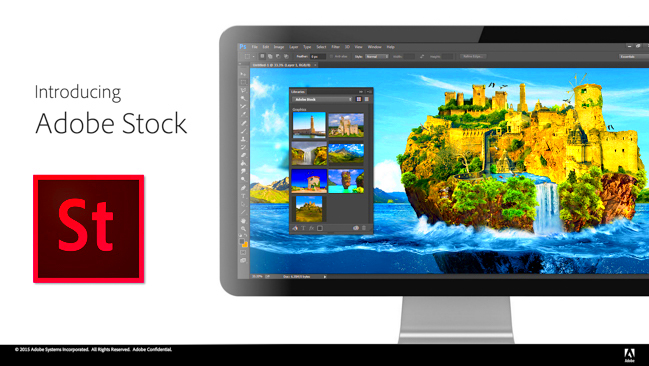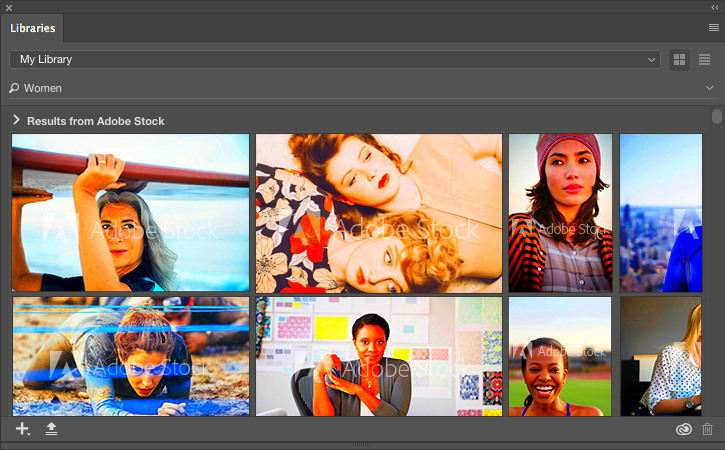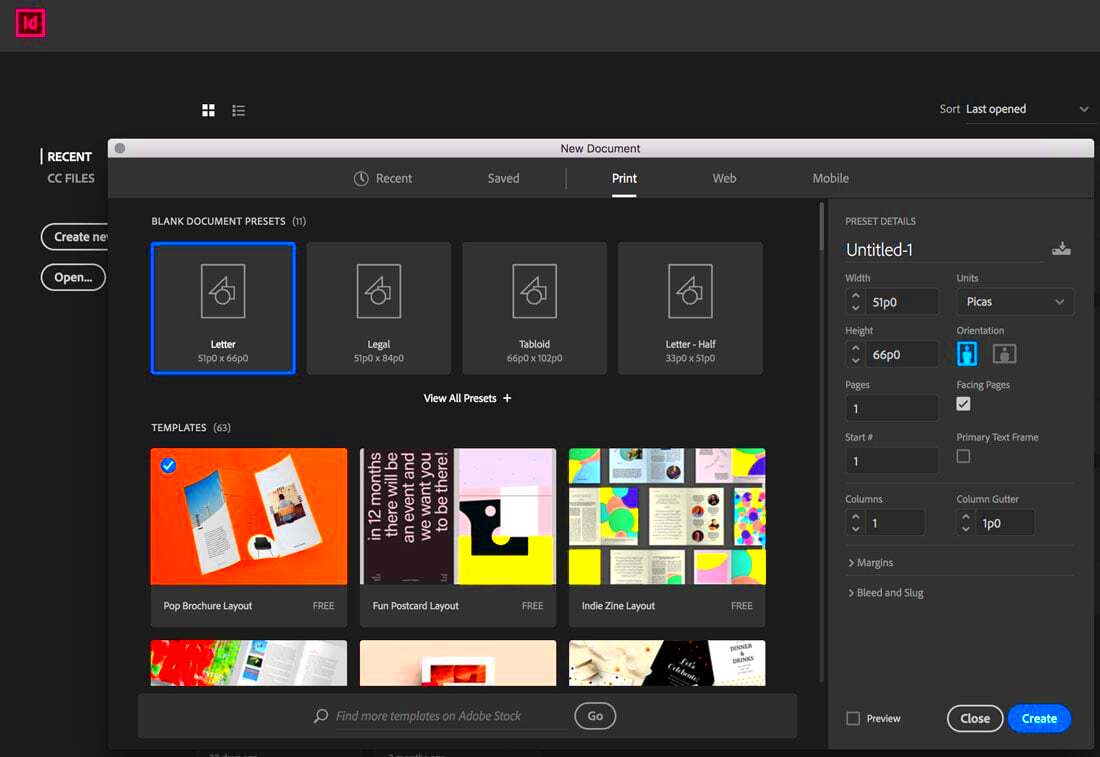Have you ever spent hours browsing numerous sites looking for one perfect picture for your project? I can relate. Then I stumbled upon
Adobe Stock and to be frank it revolutionized everything for me.
Adobe Stock provides access to an extensive collection of superb quality royalty free photographs, recordings as well as illustrations that meet different artistic desires. Whether you’re running a personal blog or planning on setting up a series of marketing endeavors, this site offers a bit of everything.The best thing for me about
Adobe Stock is its incorporation with the Adobe platform. For anyone already accustomed to utilizing applications such as Illustrator or Photoshop, the process of integrating stock photographs into these ventures becomes an effortless endeavor. It is akin to possessing a vault filled with photographs and films available for immediate use in improving any imaginative venture that one might engage in.
Why Use Adobe Stock for Your Creative Projects?

If you’ve never heard of
Adobe Stock, allow me to tell you about it. This is a very good source of stock image bank around flexible prices and qualities.
Step-by-Step Guide to Downloading Images from Adobe Stock

Have you ever faced the dilemma of discovering the most suitable image and later on becoming aware that it is not downloadable? I understand what you mean indeed. But thank God for
Adobe Stock because there are no complexities involved in users’ downloading. Here are my tips for downloading images that is simple.
- Step 1: After logging into your Adobe Stock account, start by searching for the image you want. Use keywords that describe what you’re looking for. I usually type in a few descriptive words to narrow down the options.
- Step 2: Browse through the search results. You can filter by categories, orientation, or color to make your search even easier. I often use filters to find images that match the mood of my project.
- Step 3: Once you find an image that catches your eye, click on it. This will take you to a detailed view where you can see the size options and licensing information. I always check the license to ensure it fits my needs.
- Step 4: Click on the “Download” button. If you have a subscription, the image will be added to your downloads right away. If you don’t, you may need to purchase credits first. I remember the excitement I felt the first time I downloaded an image—it felt like unlocking a treasure!
- Step 5: Save the downloaded image to a folder on your device. I suggest naming the file appropriately so you can find it later. I often create project-specific folders to keep things tidy.
Thus, an image is prepared for you to utilize! It’s easy, fast, and before you realize it, you’re creating something stunning.
Best Practices for Organizing Your Downloaded Stock Images

I Impossible to overemphasize the significance of being organized in terms of my creativity. In the beginning, I had a haphazard assortment of stock photos which only served to increase the amount of stress that my work brought upon me. With time, I created a system that works miracle. Some of the best practices that I have managed to come up with are:
- Create folders: Set up folders based on projects or categories. For instance, I have separate folders for blog images, social media graphics, and personal projects. It makes finding what I need much quicker.
- Name files clearly: Instead of random names, I use descriptive titles. This way, when I’m searching for an image, I can type a few keywords and find it instantly. For example, I name files based on the content, like “Mountain_Sunset_USA.jpg.”
- Use tags: If your file management system allows tagging, take advantage of it. Tags can be anything from colors to themes. I often use tags like “nature,” “business,” or “festivals” to categorize images further.
- Regularly clean up: Every few months, I go through my folders to delete images I no longer need. This helps keep my collection fresh and manageable.
As far as data goes, there is nothing after October of 2023 that is worth any attention.
Tips for Getting the Most Out of Adobe Stock

Having access to
Adobe stock is akin to owning a chest full of resources, yet for anyone to utilize it as intended he should understand its proper use. There are some tricks I have learned during my work with
Adobe stock over time and therefore below are my recommendations.
- Utilize Collections: Adobe Stock allows you to create collections of your favorite images. I often create collections for different projects. This way, I can gather all potential images in one place without searching each time.
- Experiment with free trials: If you’re new, take advantage of any free trials or promotional offers. This gives you a chance to explore the platform without commitment. I started this way and found it immensely helpful in understanding what works best for me.
- Keep an eye on new additions: Adobe Stock regularly updates its library with fresh content. I make it a point to check back often to find new images that align with current trends.
- Explore diverse content: Don’t just stick to images. Adobe Stock offers videos, templates, and vectors. I often find that mixing media enhances my projects and adds depth to my storytelling.
Applying these tips have made a difference in my experience of using Adobe stock. It is not about just downloading photographs, but ensuring that the platform serves your own interests as well as the entire creative journey.
Frequently Asked Questions about Adobe Stock Downloader
I had a lot of questions going through my mind when I first started using Adobe Stock Downloader. Queries are normal and it’s understandable that you have them too especially if this is your first time exploring into something. Here are frequently asked questions alongside information gained through experience:
Is Adobe Stock Downloader free?
- While the downloader itself is free to install, you will need a subscription or credits to download images. I found that investing in a plan pays off quickly, especially for frequent use.
Can I use Adobe Stock images for commercial projects?
- Absolutely! That’s one of the major benefits. Just ensure you choose the right license for your needs. I always double-check licensing terms to avoid any surprises later.
How do I update the Adobe Stock Downloader?
- The downloader usually updates automatically, but it’s good to keep an eye out for notifications. I remember missing a few updates initially and regretting it when I found out about new features!
What if I can’t find the image I want?
- If you can’t find a specific image, try using different keywords or filters. I often change up my search terms to discover hidden gems that I wouldn’t have found otherwise.
Is there customer support available?
- Yes, Adobe has robust customer support. I once had a question about a licensing issue, and their support team was quick to help me out.
When you have these questions answered then moving to Adobe Stock will not be such a difficult task. These basics made me more confident than ever.
Conclusion: Enhancing Your Workflow with Adobe Stock
My creative way of working has forever changed for the better because of using Adobe Stock. I no longer have to search for long hours due to having access to a large library where I can download images easily and use them on my various adobe tools and programs such as Photoshop and Illustrator, among others. Consequently, there are more advantages associated with using this service that be experienced by both an advanced graphical designer or a beginner professional in the field who embraces it.
 If you’ve never heard of Adobe Stock, allow me to tell you about it. This is a very good source of stock image bank around flexible prices and qualities.
If you’ve never heard of Adobe Stock, allow me to tell you about it. This is a very good source of stock image bank around flexible prices and qualities. Have you ever faced the dilemma of discovering the most suitable image and later on becoming aware that it is not downloadable? I understand what you mean indeed. But thank God for Adobe Stock because there are no complexities involved in users’ downloading. Here are my tips for downloading images that is simple.
Have you ever faced the dilemma of discovering the most suitable image and later on becoming aware that it is not downloadable? I understand what you mean indeed. But thank God for Adobe Stock because there are no complexities involved in users’ downloading. Here are my tips for downloading images that is simple. I Impossible to overemphasize the significance of being organized in terms of my creativity. In the beginning, I had a haphazard assortment of stock photos which only served to increase the amount of stress that my work brought upon me. With time, I created a system that works miracle. Some of the best practices that I have managed to come up with are:
I Impossible to overemphasize the significance of being organized in terms of my creativity. In the beginning, I had a haphazard assortment of stock photos which only served to increase the amount of stress that my work brought upon me. With time, I created a system that works miracle. Some of the best practices that I have managed to come up with are: Having access to Adobe stock is akin to owning a chest full of resources, yet for anyone to utilize it as intended he should understand its proper use. There are some tricks I have learned during my work with Adobe stock over time and therefore below are my recommendations.
Having access to Adobe stock is akin to owning a chest full of resources, yet for anyone to utilize it as intended he should understand its proper use. There are some tricks I have learned during my work with Adobe stock over time and therefore below are my recommendations.
 admin
admin








